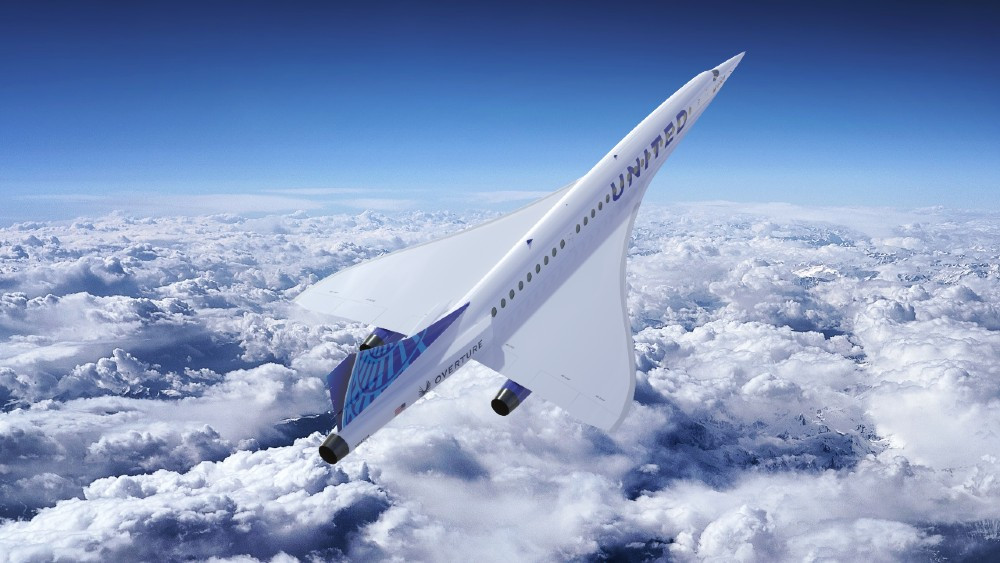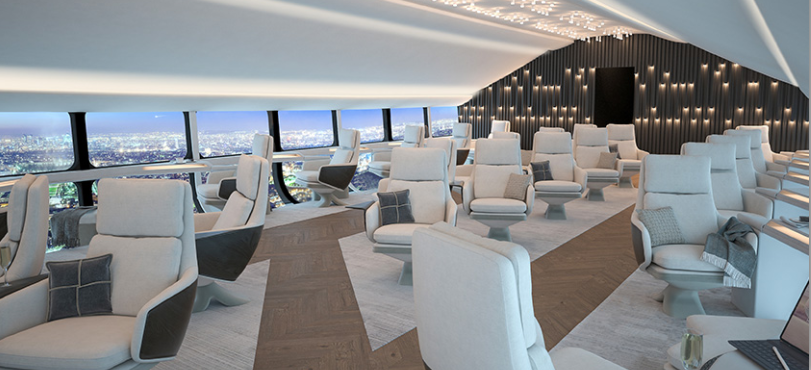The reason is that comfort and efficiency have driven manufacturers to find what is a sweet spot for air travel. Concorde was well appreciated by business travellers and loved by all, but it wasn't actually the most comfortable for passengers despite the luxury service offered onboard by airlines. It was its speed that was the winner and the ability to maximise the valuable time of senior business people and celebrities alike.
There is also the need for acceptable fare structures. Flying at speed comes at a cost, a huge one at that and a price that dilutes its potential passenger pool. A more efficient flying configuration means minimising fuel burn. We all know that fuel is a big part of an airlines fixed costs and the price we all pay for tickets, so flying slower keeps the cost of air travel down. Just like the famous story of the Hare and tortoise, slow and steady has won the race in air transport terms.
That doesn't mean there isn't a market for the return of high speed travel and numerous established players and start-ups are still pushing to break the sound barrier and bring back supersonic travel. This most likely will be in the form of private flying via a business jet sized aircraft, but there is belief that a larger sub 100-seater like Concorde could still be an option.
Last week United Airlines agreed a commercial deal with Denver-based aerospace company Boom Supersonic to acquire up to 50 of its 'Overture' airliners suggesting that supersonic commercial air travel could still be a reality in the 2020s. The plan is to roll out the aircraft in 2025, fly in 2026 and carry fare-paying passengers by 2029, but it remains hugely ambitious and United's backing comes with caveats that allows it to easily walk away.
You can learn more about this story here: Going supersonic - United's Overture signing comes with strong caveats but still represents massive boost to Boom Aerospace's supersonic aspirations and the return for high-speed air travel

It would seem that comfort will continue to trump speed moving forward, especially with sustainability being front and centre of developments. One company that is basing its own development strategy on this side of the balance is Hybrid Air Vehicles (HAV) which late last month (May-2021) revealed passenger cabin concepts for its in-development Airlander 10.
The UK company is promoting the airship as a spacious, greener alternative to conventional airliners for short-haul city connections. It claims that on a journey such as Liverpool to Belfast in the UK or Seattle to Vancouver in North America, the 750 kilometre-range and hybrid-electric engine platform for the vehicle would contribute around a tenth of the carbon dioxide per passenger than a traditional narrowbody jet.

The environment data is compelling and the passenger cabin concepts highlight a spacious environment for up to 72 passengers (above) and even full aisle access business class like comfort for between 90 and 100 passengers (below). But, just like the supersonic aspirations there is still a long way to go before this becomes a reality.

An initial flight testing programme for the Airlander 10 ended after a couple of incidents back in 2016 and 2017. This next phase is slated to see a return to the air in 2023 and potential service entry in 2025 when the hybrid-electric engines are available, adopting full electric power in 2030.
"For many decades flying from A to B has meant sitting in a metal tube with tiny windows - a necessity but not always a pleasure. On Airlander, the whole experience is pleasant, even enjoyable. And in the hybrid-electric and future all-electric configurations, Airlander is fit for our decarbonised future," says George Land, commercial business development director at HAV.
The speed versus comfort dilemma remains unanswered. There remains space for both in the future of commercial air travel. The repercussions of the coronavirus crisis could influence future opinion, but environmental sustainability will need to be at the heart of any project if it is to jump off the paper and into our skies.